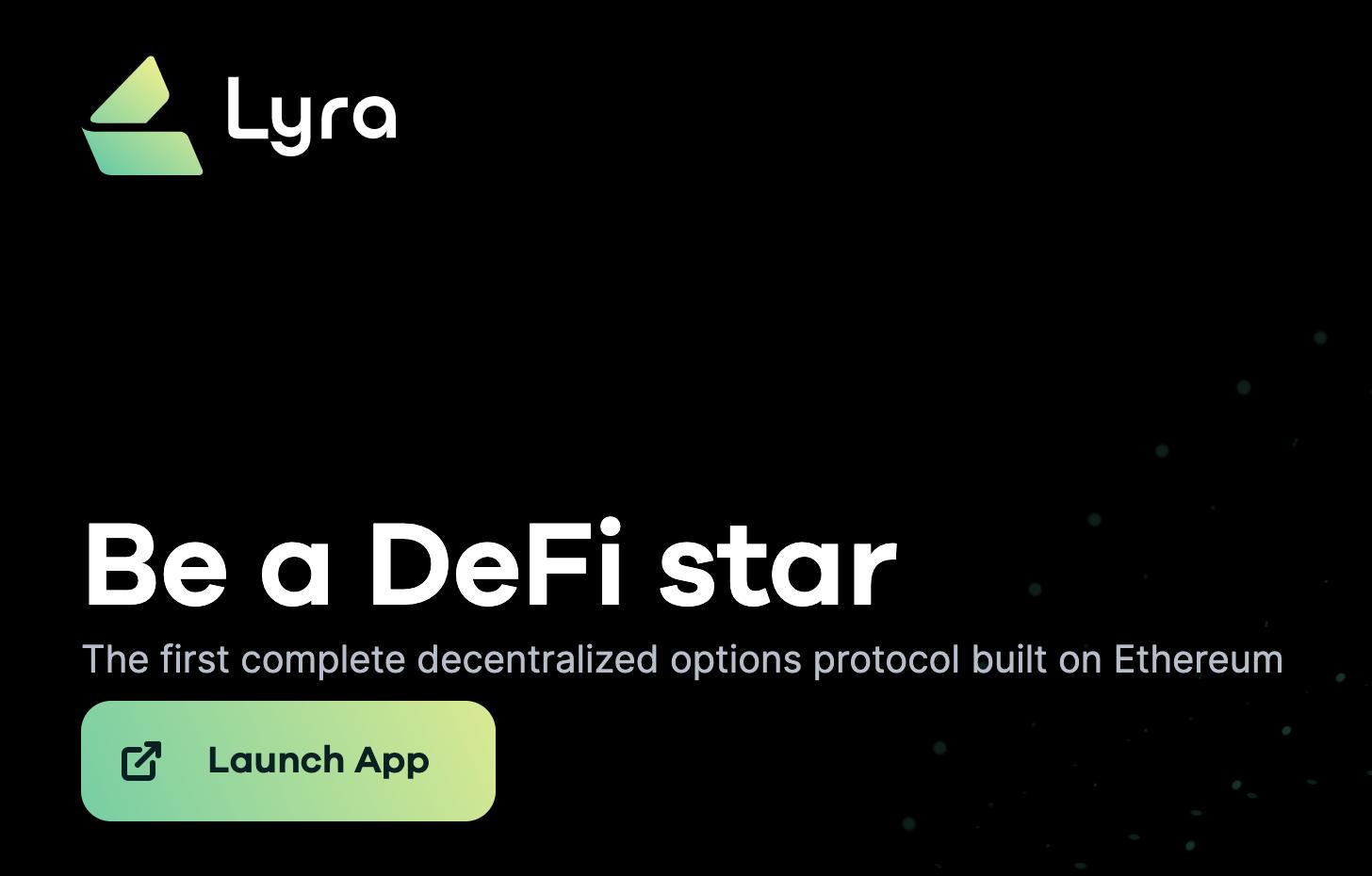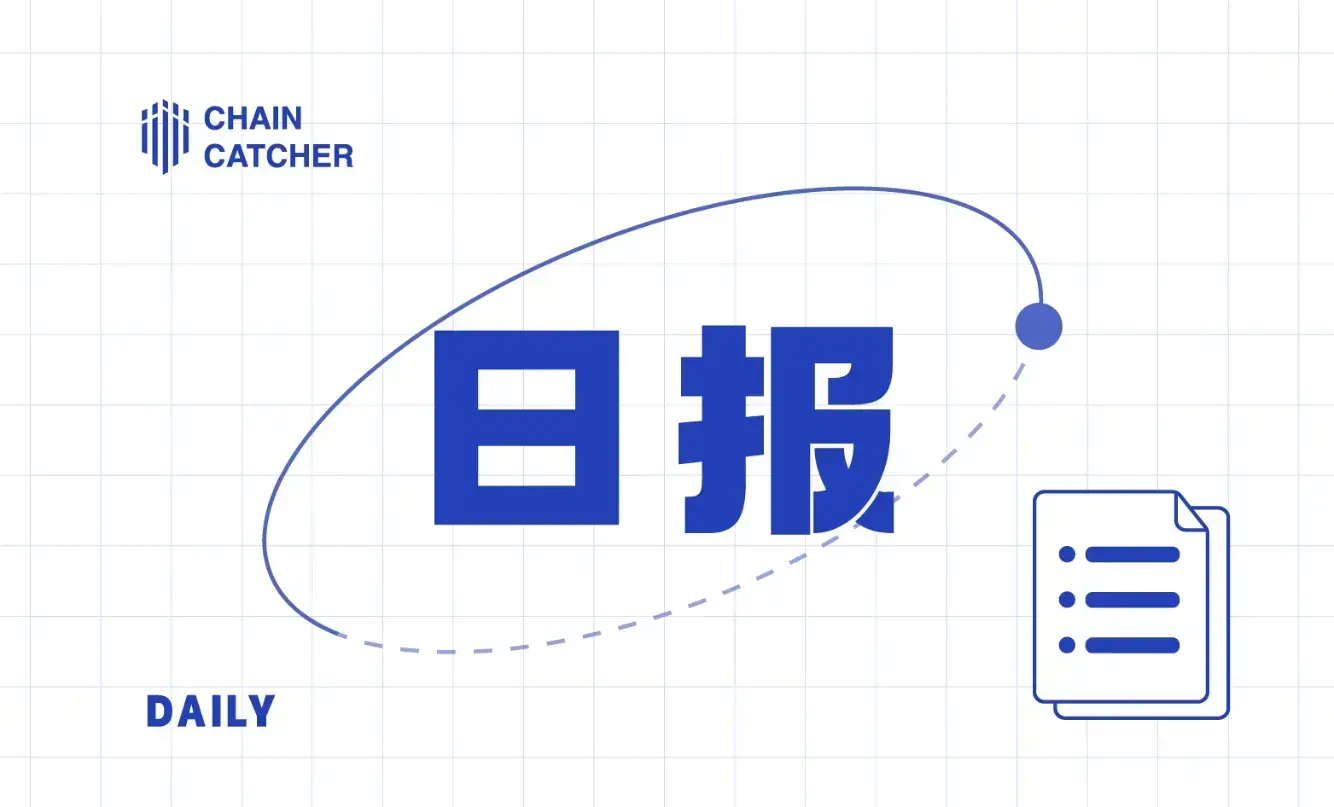Inventory of popular crypto projects on GitHub in February, with Dogecoin, Freqtrad, and Ethminer ranking in the top three
This article is an original piece by Chain Catcher, authored by Loners Liu.
Recently, GitHub released its monthly report in February, showcasing the 20 most popular open-source projects. Among the top 10 projects, three are related to cryptocurrency: Dogecoin (1), Freqtrade (8), and Ethminer (9). Chain Catcher has compiled introductions and tutorials for these three crypto projects and analyzed the reasons behind their popularity.
1. Dogecoin
Dogecoin, also known as "Doggy Coin," was created on December 8, 2013, based on the Scrypt algorithm, and is the second-largest virtual currency in the world by user count, following Bitcoin.
It has 453 watches and 4585 stars on GitHub.
Throughout February, Tesla founder Elon Musk mentioned Dogecoin multiple times on Twitter, causing its price to surge several times, with a market cap reaching a peak of $10 billion.
Following Musk, several celebrities from the entertainment industry, including American rock singer Gene Simmons and rapper Snoop Dogg, joined the "Dogecoin army," posting Dogecoin-related images on Twitter.
With the support of these stars, Dogecoin began a strong upward trend starting from the end of January. On February 8, Dogecoin reached $0.086411, breaking its historical high.
With this heightened interest, Dogecoin (DOGE) developers released a new version, Dogecoin Core 1.14.3, at the end of February. The new version improves node synchronization speed and reduces the default memory pool expiration time. A costly integrity check is required each time a block is sent to another node, and this update has removed that execution, significantly improving the speed at which DOGE nodes upload blocks. Additionally, the default time for transactions cached in the memory pool has been reduced from 336 hours to 24 hours.
2. Freqtrade
Freqtrade is a free and open-source cryptocurrency trading bot system written in Python, supporting trading for most mainstream cryptocurrencies and controlled via Telegram. Currently, it can connect to exchanges like Binance, Bittrex, FTX, and Kraken. It includes backtesting, mapping, and capital management tools, as well as strategy optimization through machine learning.
This trading strategy is similar to technical trading strategies, as it uses trading activity information from exchanges to make buy or sell decisions. Quantitative traders build trading strategies using quantitative data, primarily extracting from price, volume, technical indicators, or ratios, leveraging market inefficiencies, and executing trades automatically through trading software. Besides Freqtrade, other commonly used commercial trading software includes Capfolio, 3Commas, CCXT, F, and Ctubio.
It has 399 watches and 6783 stars on GitHub.
Develop a strategy: Write your strategy in Python using pandas. You can find example strategies to inspire you in the strategy repository.
Download market data: Download historical data from the exchanges and markets you may want to trade.
Backtest: Test your strategy based on the downloaded historical data.
Optimize: Use hyper-optimization with machine learning methods to find the best parameters for your strategy. You can optimize buy, sell, return on investment (ROI), stop-loss, and trailing stop-loss parameters.
Choose markets: Create a static list based on trading volume and/or price (not available during backtesting) or use an automatic list. You can also explicitly blacklist markets you do not want to trade.
Run: Test your strategy using simulated currency (dry run mode) or deploy it using real currency (live trading mode).
Use Edge Run (optional module): The concept is to find the best historical trading expectancy based on changes in stop-loss, then allow/deny markets for trading. The scale of trading is based on a percentage of your capital risk.
Control/Monitor: Use Telegram or REST API (start/stop the bot, display profits/losses, daily summaries, current open trade results, etc.).
Analyze: Further analyze backtesting data or Freqtrade trading history (SQL database), including automatic standard plotting and methods to load data into interactive environments.
Freqtrade features the following:
I. Persistence: Achieved through SQLite technology;
II. Strategy optimization through machine learning: Use machine learning to optimize your trading strategy parameters with real trading data;
III. Marginal position sizing: Calculate signing rates, risk-reward ratios, optimal stop-loss, and adjust position sizes, then trade positions for each specific market;
IV. Telegram management: Manage the bot via Telegram.
V. Free operation: Run the bot without spending money;
The cryptocurrency market differs from traditional markets, offering more arbitrage opportunities, higher volatility, and transparency. Due to these characteristics, most traders and analysts prefer to use quantitative trading strategies in the cryptocurrency market.
3. Ethminer
With Ethereum reaching an all-time high in February, Ethminer, as one of the top three mining software for Ethereum, has gained favor among many miners due to its good compatibility. It is compatible with ETH, Geth (the most commonly used tool for Ethereum smart contract development, an essential development tool, and a multi-purpose command-line tool), and pyethereum (an Ethereum client written in Python).
It has 326 watches and 4216 stars on GitHub.
The developers are primarily Ethereum core developers, ranked by code contributions: Gavin Wood (former Ethereum CTO, currently the founder of Polkadot and Parity), Paweł Bylica (initiator of Ethereum EIP-145 and EIP-1052 proposals), Marek Kotewicz (Parity core developer, former Ethereum core developer), chriseth (mainly works on Solidity Language, zk-snarks, cpp-ethereum), Christoph Jentzsch (founder and CEO of Slock.it, has been working on Ethereum since 2014, handling the core protocol in C++).
- Unzip the package
https://github.com/ethereum-mining/ethminer/releases
- Create a new text document in the package path

- Add content to the text document
Copy the following content into the text document
ethminer.exe -to be modified (graphics card) -P stratum1+tcp://to be modified (account).to be modified (miner):x@stratum.okpool.me:3333

- Modify the Chinese characters in the content
to be modified (graphics card): Use "U" for NVIDIA cards and "G" for AMD cards.
Then modify the account and miner name; the account name is before the ".", and the miner name is after the ".", for AMD cards, for example:

For NVIDIA cards, for example:

Save and close the text file
Rename the text file from "新建文本档.txt" to "start.bat", making sure not to hide the file extension.

- Double-click the start.bat file to start mining

Additionally, as a miner, solo mining may lead to a long period without finding blocks, resulting in lower earnings. This is why miners pool their computing power together in "mining pools" to increase the chances of finding blocks and receiving block rewards.
Mining pools are cooperatives designed to solve the expected earnings issue by combining the mining power of participating miners. In return, they typically charge 0-5% of the mining rewards. Mining pools submit blocks using proof of work from a central account and redistribute rewards based on the proportion of mining power contributed by participants (the profit distribution model may vary among different pools).
In addition to the three mentioned crypto applications, there are also Bitcoin and Xmrig among the top 24 projects. In summary, we can gain insights into some fundamental technological trends and discover interesting project tools through recently popular open-source projects, as well as see what the mainstream tech circles abroad are currently focusing on and thinking about.
Note: This article does not constitute any investment advice.
Remarks:
In GitHub, the functions of the "watch," "star," and "fork" buttons are as follows:
watch: Set to receive email notifications, including Issues and their comments, Pull Requests and their comments, Comments on any commits.
star: Follow updates on others' projects.
fork: Create a branch of the source project repository and copy it to your own account.











